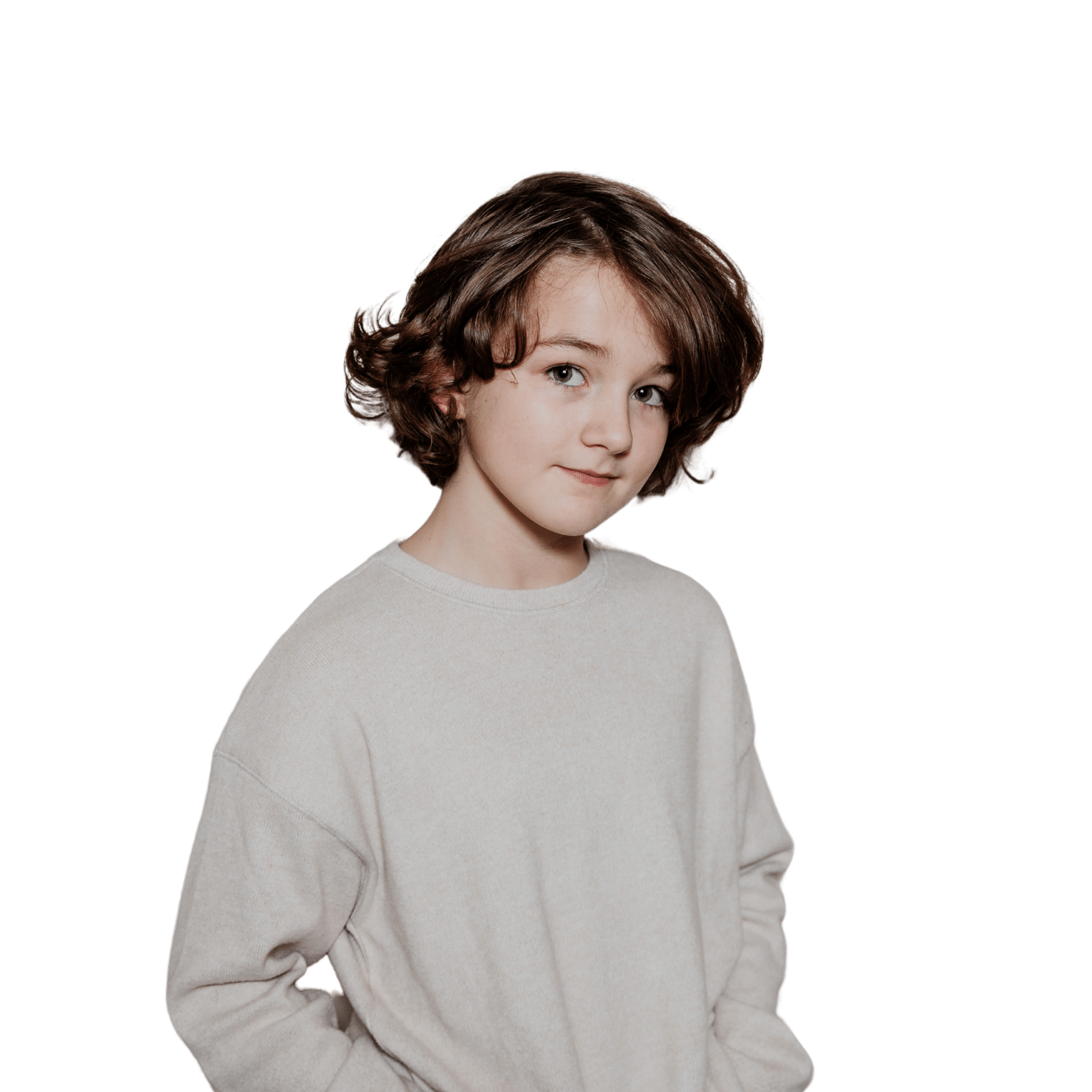
ABOUT INSOMNIA
Insomnia is a common sleep disorder that affects millions of people, leading to difficulties falling asleep, staying asleep, or waking up too early. Whether it’s stress, anxiety, or an overactive mind, insomnia can deeply affect the quality of life for both adults and children. At our Manchester-based practice, we specialise in QEEG brain mapping and neurofeedback to address the root causes of insomnia and help you restore natural sleep patterns.
Understanding Insomnia Symptoms In Adults
Insomnia can present with a range of symptoms that include:
Difficulty falling asleep: Lying awake for long periods before being able to drift off.
Frequent wake-ups: Waking up during the night and having trouble falling back asleep.
Waking up too early: Rising earlier than desired and feeling unrested.
Daytime fatigue: Feeling tired, groggy, or irritable during the day.
Difficulty concentrating: Problems focusing, making decisions, or remembering things due to lack of sleep.
In Children
While children may not always express their sleep problems as clearly as adults, they may show signs of insomnia through:
Difficulty going to bed: Resistance or anxiety around bedtime.
Night awakenings: Waking up frequently and needing reassurance to go back to sleep.
Hyperactivity during the day: While adults might feel tired, children often exhibit hyperactivity and irritability when sleep-deprived.
Mood swings: Irritability, tantrums, or emotional outbursts due to sleep deprivation.
Learning difficulties: Difficulty focusing in school or experiencing problems with memory and learning.
If you or a loved one are seeking support for insomnia symptoms, help for is available through alternative methods like QEEG brain mapping and Neurofeedback, which offer non-invasive and medication-free approaches.
qeeg brain mapping for insomnia
QEEG is a sophisticated brain-mapping technology that measures the brain's electrical activity, allowing us to identify patterns that may be linked to insomnia.
For example, individuals with insomnia often show dysregulated brainwave patterns, such as an excess of fast, high-frequency beta waves that keep the mind racing, or a lack of slow-wave activity needed for deep sleep.
With QEEG brain mapping at Optiminds, we create a detailed map of your brain’s functioning, identifying areas where brainwave patterns may be out of balance and contributing to sleep disturbances.
HOW NEUROFEEDBACK CAN HELP symptoms of insomnia
Neurofeedback is a non-invasive training method that helps regulate brainwave activity, promoting healthier sleep patterns. By offering real-time feedback, neurofeedback enables individuals to transition from hyperarousal to restful states. With repeated sessions, users can calm their minds before bed by reducing high-frequency brainwaves, enhance sleep quality by facilitating slow-wave and REM sleep, and minimize night time awakenings.
Recent studies have demonstrated the effectiveness of neurofeedback in treating insomnia, highlighting its potential to improve sleep quality and reduce disturbances.
A 2020 meta-analysis of 14 studies indicated that neurofeedback significantly improved sleep onset latency and sleep efficiency among participants with sleep disorders, including insomnia. Another study confirmed that neurofeedback effectively enhances slow-wave and REM sleep, which are crucial for restorative rest.
WHAT DOES THE RESEARCH SAY?
WANT TO FIND OUT MORE?
-
If you or your child is struggling with ADHD symptoms, QEEG brain mapping and neurofeedback at Optiminds, Manchester can provide a personalised, non-invasive, and medication-free option. Schedule a free telephone consultation today to learn more about how QEEG brain mapping and neurofeedback can help improve your symptoms of ADHD.
-
Neurofeedback is a non-invasive, medication-free therapy that uses real-time monitoring of brain activity to train the brain to function more efficiently. During a neurofeedback session, sensors are placed on the scalp to measure brainwaves. Individuals engage in activities (like playing a game or watching a video) that give feedback based on their brain's activity. When the brain produces optimal brainwave patterns, the activity continues smoothly, rewarding the brain and promoting lasting changes in brain function.
-
A QEEG is a brain mapping tool that measures electrical activity in different parts of the brain, identifying areas where brainwave patterns are dysregulated.

IMPORTANT TO NOTE
At Optiminds, we do not diagnose or treat any medical or psychological conditions. Our services, including neurofeedback, are designed to support individuals by addressing specific symptoms related to attention, focus, mood, stress, sleep, and overall cognitive function. While neurofeedback has been shown to benefit many individuals with various challenges, our work focuses on improving wellness and self-regulation rather than providing medical or psychological treatment.
We encourage all clients to consult with a licensed healthcare provider for any diagnosis or treatment of medical or psychological conditions. Neurofeedback is intended to complement—not replace—any existing care plans or therapies under the guidance of your healthcare team.







